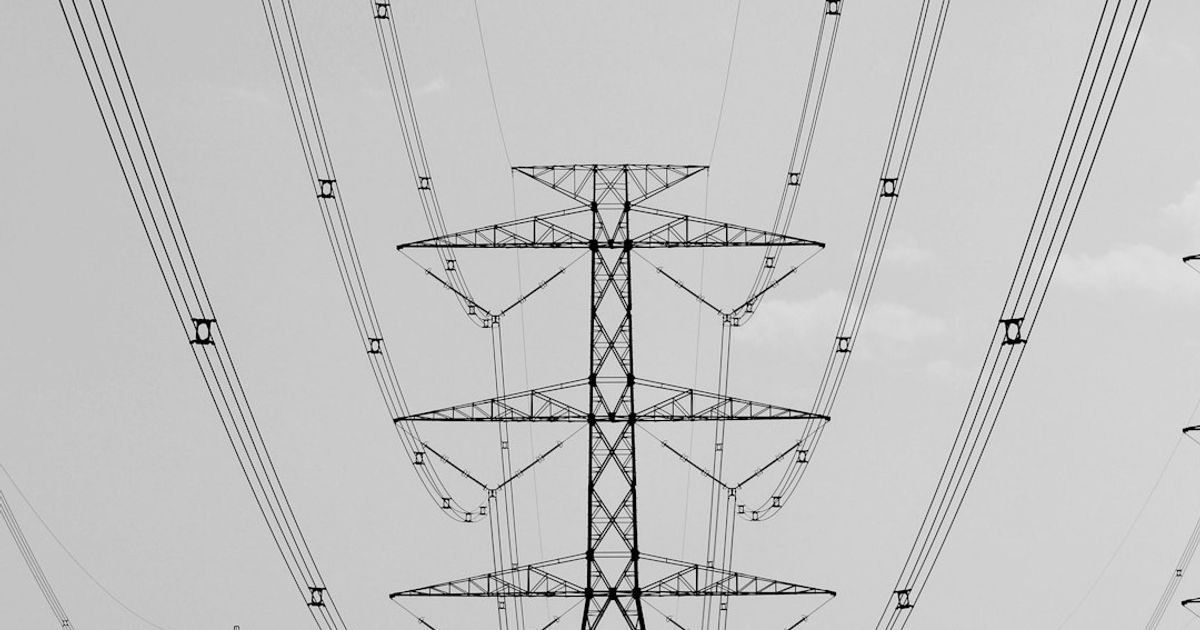About Prompt
- Prompt Type – Dynamic
- Prompt Platform – ChatGPT, Grok, Deepseek, Gemini, Copilot, Midjourney, Meta AI and more
- Niche – Infrastructure Health Monitoring
- Language – English
- Category – Energy Management
- Prompt Title – AI Prompt for Predictive Maintenance of Power Grid Infrastructure
Prompt Details
**Purpose:** To predict potential failures and optimize maintenance schedules for power grid infrastructure, improving grid reliability and reducing energy losses.
**Target Audience:** Energy management professionals, grid operators, maintenance crews, and data scientists.
**Platform Compatibility:** Designed for maximum adaptability across various AI platforms (LLMs, ML models, etc.).
**Prompt Structure:** This prompt uses a dynamic structure, allowing users to input specific parameters relevant to their situation. Placeholders enclosed in `{{ }}` must be replaced with actual values.
“`
## Power Grid Predictive Maintenance Analysis
**Objective:** Predict potential failures and recommend optimal maintenance actions for power grid infrastructure components.
**Target Component:** {{ Specify the component type, e.g., Transformer, Transmission Line, Circuit Breaker }}
**Location/ID:** {{ Specify the location or unique identifier of the component }}
**Data Input:** {{ Provide relevant data in a structured format (see Data Requirements below). Ensure consistent units and timestamps. Example formats: CSV, JSON, database connection string}}
**Time Horizon:** {{ Specify the prediction timeframe, e.g., next 7 days, next 3 months, next year }}
**Failure Modes:** {{ Specify the failure modes of interest. If unknown, request the AI to identify potential failure modes. Example: Overheating, Partial Discharge, Corrosion, Vegetation Encroachment }}
**Optimization Goals:** {{ Define the primary optimization objectives. Examples: Minimize downtime, minimize maintenance costs, maximize grid stability, minimize energy losses }}
**Constraints:** {{ Specify any constraints or limitations. Examples: Budget limitations, available maintenance windows, regulatory requirements }}
**Output Requirements:**
1. **Failure Probability:** Provide the probability of failure for the specified component within the given time horizon, considering the specified failure modes.
2. **Remaining Useful Life (RUL):** Estimate the remaining useful life of the component.
3. **Recommended Maintenance Actions:** Recommend specific maintenance actions, including:
* **Type of maintenance:** (e.g., Inspection, Repair, Replacement)
* **Priority level:** (e.g., High, Medium, Low)
* **Recommended time window:** (e.g., Within the next week, Within the next month)
* **Justification:** (Explain the reasoning behind each recommendation)
4. **Uncertainty Quantification:** Provide a measure of uncertainty associated with the predictions and recommendations (e.g., confidence intervals, standard deviation).
5. **Visualizations (optional):** Generate relevant visualizations to aid in understanding the results (e.g., time-series plots, heatmaps, component health indicators).
**Data Requirements:**
The following data types are typically helpful for this analysis. Provide as much relevant data as possible for improved accuracy:
* **Historical Performance Data:** {{e.g., Load profiles, voltage levels, current readings, temperature readings, oil quality data, weather data }}
* **Maintenance History:** {{e.g., Dates and types of previous maintenance activities, repair logs, inspection reports }}
* **Component Specifications:** {{e.g., Manufacturer, model, age, capacity, operating conditions }}
* **Environmental Data:** {{e.g., Temperature, humidity, wind speed, precipitation }}
* **Real-time sensor data (if available):** {{e.g., Current sensor readings, vibration data, acoustic emissions }}
**Additional Instructions:**
* If historical data is limited, consider using transfer learning or similar techniques to leverage data from similar components.
* Clearly state any assumptions made during the analysis.
* If multiple optimal solutions exist, present them along with their respective trade-offs.
“`
**Example Usage:**
“`
## Power Grid Predictive Maintenance Analysis
**Objective:** Predict potential failures and recommend optimal maintenance actions for a power transformer.
**Target Component:** Transformer
**Location/ID:** Transformer_ID_12345
**Data Input:** `transformer_data.csv` (contains historical load profiles, temperature readings, and oil quality data)
**Time Horizon:** Next 6 months
**Failure Modes:** Overheating, Partial Discharge
**Optimization Goals:** Minimize downtime, minimize maintenance costs
**Constraints:** Budget of $50,000 for maintenance within the next 6 months
**Output Requirements:** (As specified above)
“`
**Benefits of using a dynamic prompt:**
* **Flexibility:** Adapts to different component types, locations, data sources, and analysis objectives.
* **Specificity:** Allows users to focus the analysis on specific failure modes and optimization goals.
* **Reproducibility:** Facilitates consistent and repeatable analysis by explicitly defining the input parameters and output requirements.
* **Improved Accuracy:** By specifying the target component, data, and failure modes, the AI can generate more targeted and accurate predictions.
This dynamic prompt enables energy management professionals to leverage the power of AI for predictive maintenance, leading to improved grid reliability, reduced costs, and enhanced energy efficiency.

